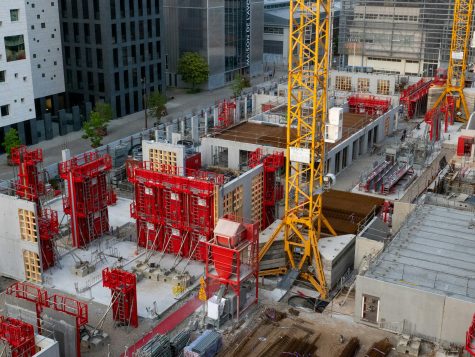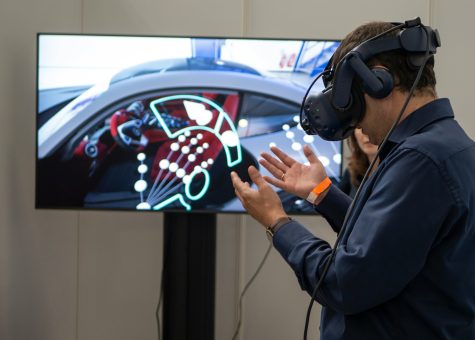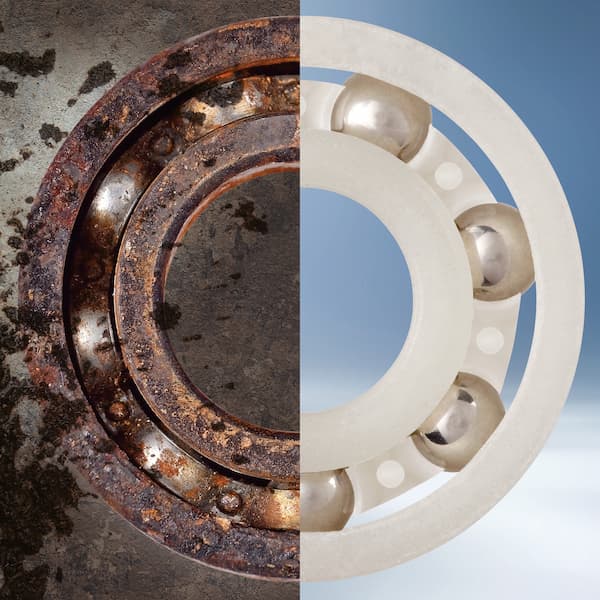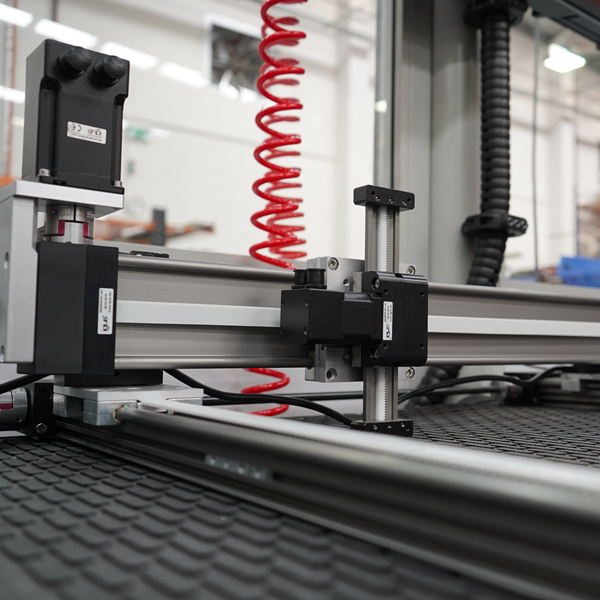Virtual Reality in the Manufacturing Industry
Virtual Reality (VR) is a new technology which is bringing a wealth of new opportunities to the manufacturing industry. This groundbreaking invention is changing the way things are done and while its predominantly seen as a gaming feature, VR (virtual reality) has other uses that are transforming the industrial sector.
Imagine being able to visualise a construction project without putting pencil to paper and better yet, without spending thousands to see a finalised project to find out there are flaws in the design. Virtual reality now has a place in manufacturing, engineering and construction and brings with it cost-saving, practical features that are set to transform the way these industries work, and in today’s blog we’re looking at Virtual Reality in the manufacturing industry.
Virtual Reality in practice

VR is already in use for exciting new projects such as a £100m railway station to be built in Liverpool. Announced in 2022, the station is rendered in virtual reality for the public to experience and understand the way the station will look and function, ahead of a public consultation on the scheme to review the designs.
The BBC reports that this is the first of many new stations planned across the region, highlighting the cases where virtual reality can play a pivotal role in streamlining a project for approvals. – Read More
As a manufacturing and engineering company, we recognise the importance of staying ahead of the curve with technological advancements and have created our own virtual reality experience: the iguverse.
While VR is often overlooked in this industry, it offers a unique perspective for manufacturers and engineers and the chance to work with digital twins of machines, systems, and products without limitations.
When customers come to visit us in Northampton, the iguverse usually rounds off their tour and offers the chance to consolidate the products groups presented to them in an interactive way. Visitors can explore the automotive industry room to see our energy chains and bearings in car interiors and climb to the top of an oil rig that uses an igus e-loop®.
To find out more about what we do here at igus®, take a read of our other resources.

The benefits of Virtual Reality
Aside from being an exciting topic in the news, it’s important to assess the benefits of VR. In terms of construction projects for all manner of industries, we’ve come up with a few:
- Enhanced visualisation: It allows stakeholders to be immersed in a project and better understand crucial elements of the layout and functionality. Often it is not until you see your idea materialised that alterations need to be made to the original idea.
- Cost saving and efficient: Businesses that spend significant amounts on bringing their customers a tangible experience miss out on the cost-savings of a virtual space! By designing a room that is equipped with your product or service, you can take your experience anywhere in the form of headsets and reduce the need for co-ordinating expensive transport for products or large exhibition spaces. It also saves time, identifying flaws in designs before they materialise and become harder to fix.
- Future integration: As previously mentioned, the need to be flexible with emerging technologies is vital and there is room for further development with this kind of technology. Augmented reality (AR) and Building Information Modelling (BIM) are developing to offer more immersive and interactive experiences.
What is Building Information Modelling?
Building Information Modelling is a collaborative process that generates digital representations of the physical and functional characteristics of buildings. By creating detailed 3D models that include the geometric, spatial and geographic information, a realistic building can be visualised.
The beauty of BIM is that it can be used beyond the design phase for operation and maintenance of the building through renovation and even demolition. As this model generates and stores the information of the designs, it can also be referred to for various purposes from cost estimation to scheduling and sustainability analysis and planning for .



